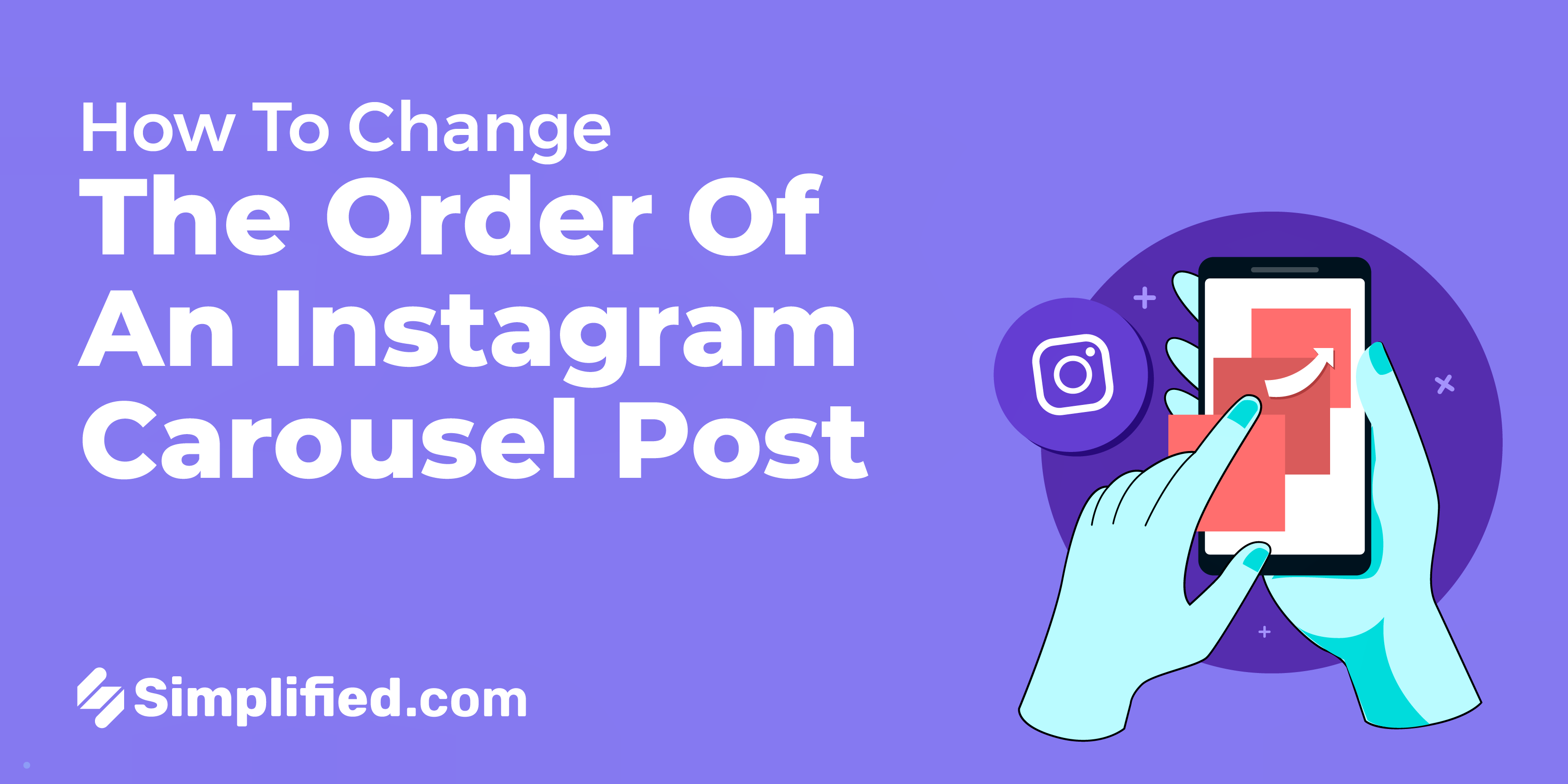Brand Sentiment is a crucial term in the realm of social media, influencing how individuals perceive and interact with a brand online. Let's delve into the intricacies of this term to comprehend its significance.
What is Brand Sentiment?
Brand Sentiment refers to the emotions, opinions, and attitudes that individuals associate with a brand. It is a reflection of how the audience perceives and feels about a brand, gauged through their expressed sentiments on various online platforms.
Exploring Brand Sentiment on Social Media
In the digital age, social media serves as a powerful arena where brand sentiments are expressed, shared, and influenced. Understanding how users perceive a brand on platforms like Facebook, Twitter, or Instagram is vital for shaping effective online strategies.
Why Does Brand Sentiment Matter?
1. Informed Decision-Making: Brands can make data-driven decisions by analyzing sentiments, adapting strategies based on positive feedback, and mitigating issues arising from negative sentiments.
2. Building Brand Loyalty: Positive brand sentiment fosters loyalty as satisfied customers are more likely to become advocates, recommending the brand to their network.
3. Crisis Management: Monitoring brand sentiment helps in identifying and addressing negative sentiment promptly, mitigating potential crises.
Brand Sentiment Across Social Media Platforms
While the concept of Brand Sentiment is universal, its prominence varies across social media platforms.
a) Twitter: Twitter is a hub for real-time conversations, making it a platform where brand sentiments are swiftly expressed, especially during live events or product launches.
b) Facebook: With a diverse user base, Facebook captures a broader spectrum of sentiments, providing a holistic view of how a brand is perceived by different demographics.
c) Instagram: Focused on visual content, Instagram often reflects sentiments through aesthetics, making it an influential platform for brand sentiment among visually-driven audiences.
d) LinkedIn: Ideal for B2B brands, LinkedIn emphasizes professional sentiments, offering insights into how a brand is perceived in the business community.
Understanding where and how brand sentiment is most prevalent helps brands tailor their strategies to specific platforms and demographics.
In the dynamic landscape of social media, Brand Sentiment stands as a compass guiding brands towards success. By comprehending the nuances of this term and analyzing sentiments across various platforms, brands can cultivate positive perceptions, foster loyalty, and adapt strategies for sustained growth.
.webp)













